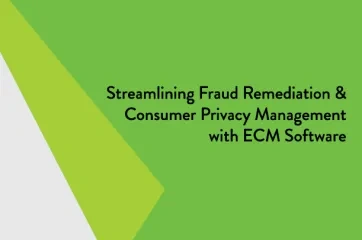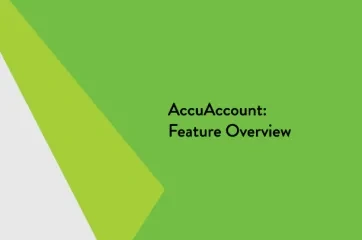What is a deed of trust? A deed of trust is an agreement between a residential or commercial borrower and a lender in which a neutral third party serves as a real estate property trustee. The borrower is pledging the real estate as collateral for a bank or credit union’s loan. The trustee is generally either a public county trustee or an attorney.
Deeds of trust serve the same purpose as a land security agreement. Unlike a traditional mortgage, in which both the borrower and lending institution have an interest in the outcome, a deed of trust relies on an impartial third party to hold a title in the borrower’s name. Deeds of trust are not as common as they once were.
Deed of Trust Timeline
Because a third party is involved in a deed of trust, a few additional steps are required beyond what a mortgage involves. Once the borrower signs all pertinent documents, the deed of trust is filed with the clerk and recorder’s office, which places a lien against the property. The trustee holds the title until the loan is repaid, at which time the lender will release their lien. The bank or credit union will mark the promissory note paid and return it and the release documents to the customer or member.
In case of default, the financial institution initiates a foreclosure. The trustee sells the property, and the bank or credit union is compensated. Any overage goes to the borrower.
Using Document Preparation Systems for Deeds of Trust
Legal requirements vary from state to state, so banks often rely on a document preparation system to ensure state and federal compliance when drawing up a deed of trust. Among others, elements in the document include:
- Future advance clause, addresses future borrowings (if applicable)
- Foreclosure
- Right to cure
Storing and Tracking Deeds of Trust
Typically, banks and credit unions are required to retain original wet signature promissory notes, deeds of trust, and title policies. Modern financial institutions also use document management software, such as AccuAccount, to retain an electronic copy of the original recording documents as well as release recording information for paid accounts.
Occasionally, a county trustee or attorney may inadvertently overlook a lien release. A bank or credit union’s account holder may then attempt to borrow money against his or her property and be denied. With an electronic copy of the release document, a bank or credit union’s digital management system makes it simple to resolve the situation.
Financial institutions can also use its document management system to report deed of trust exceptions and track important tasks, such as:
- Stamping a promissory note paid
- Returning the promissory note to the customer or member
- Alerting an insurance company that the bank or credit union no longer has a security interest in the property
- Sending a deed of trust release request to the trustee
- Receiving the third-party deed of trust release confirmation
- Banking Resources
Searching for more information on banking document tracking? Be sure to check out our extensive resource library with free spreadsheets, whitepapers, and eBooks.
Browse our banking definitions page for more terminology.














